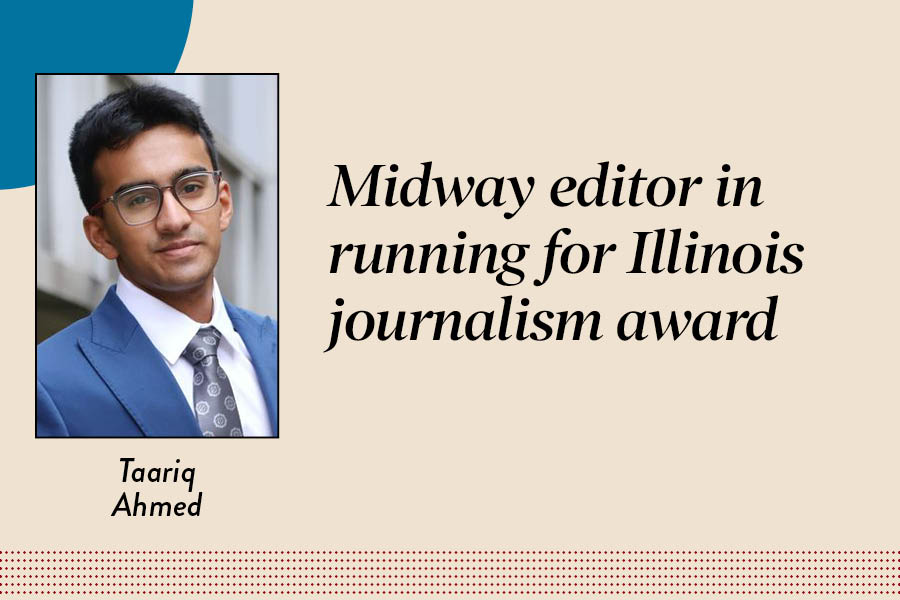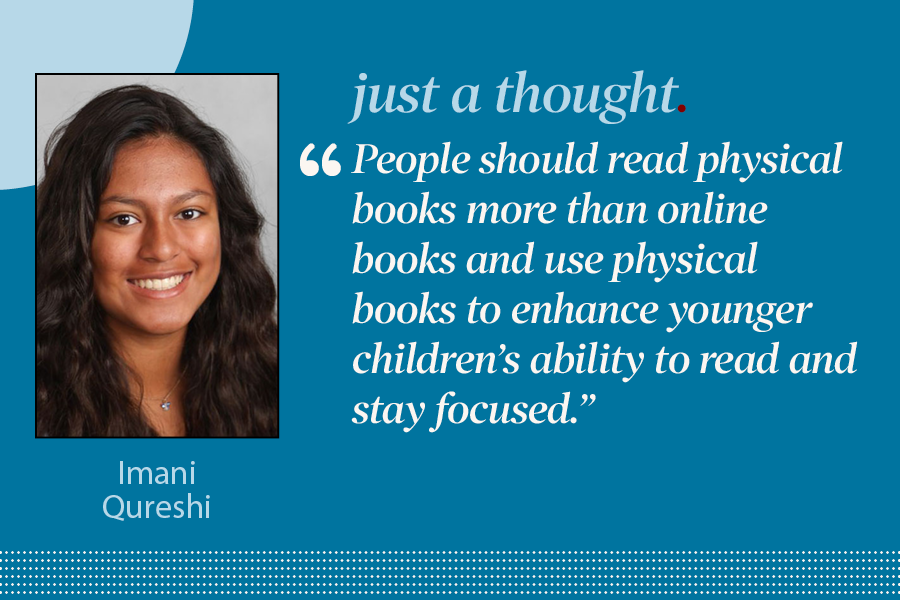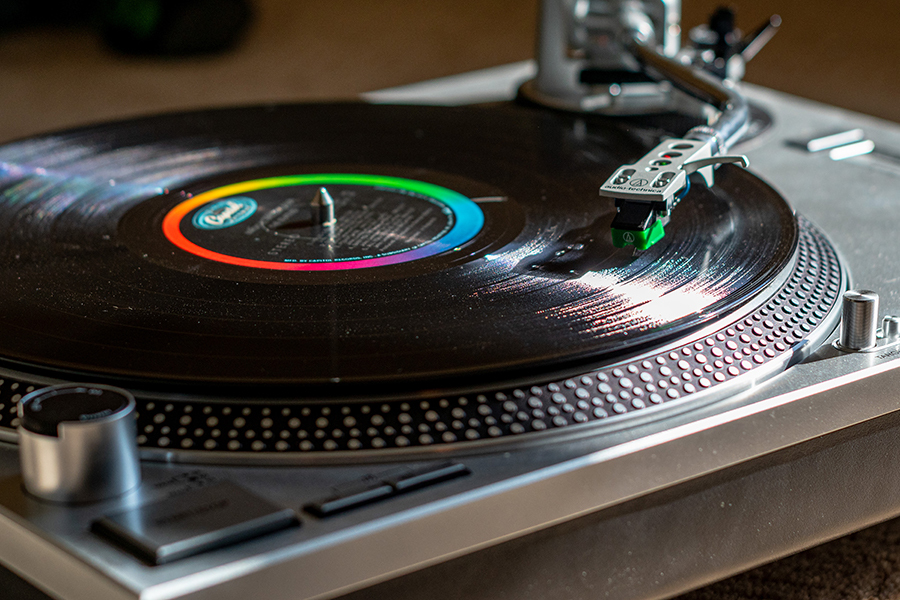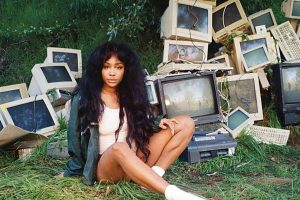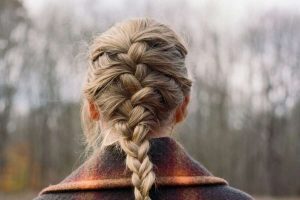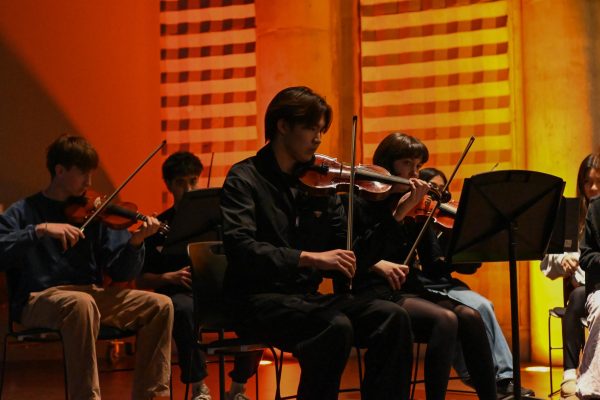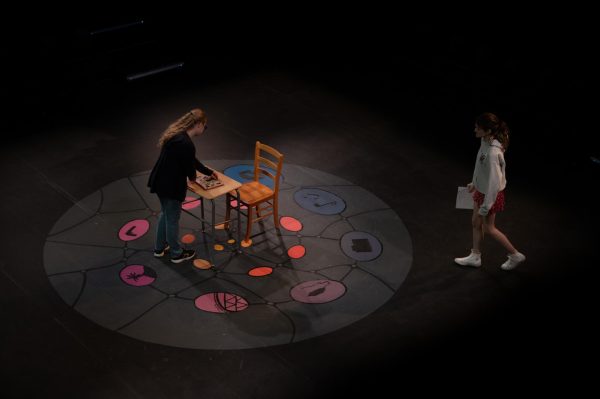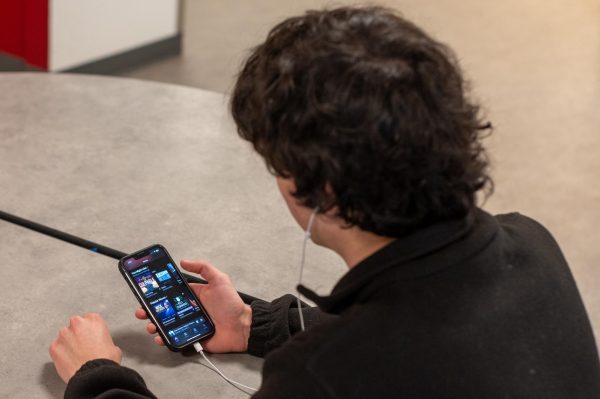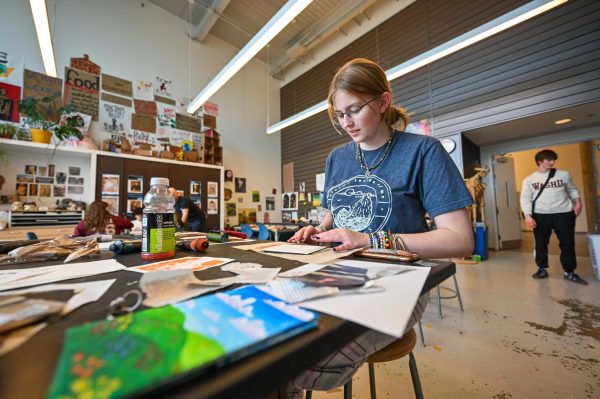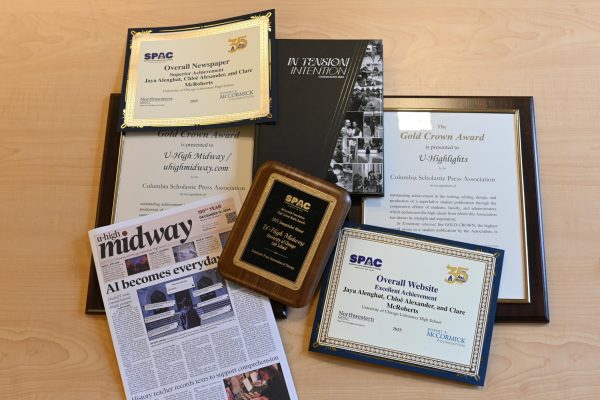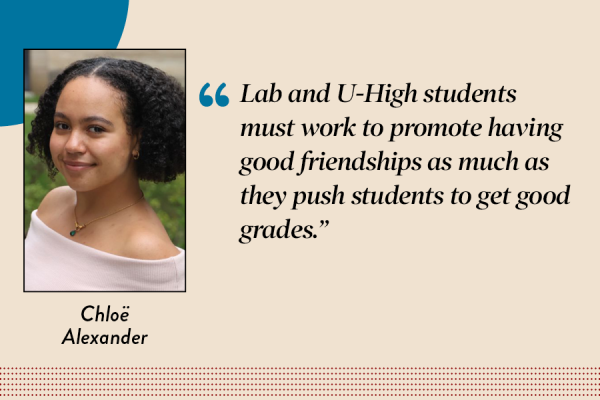Calm, comfort, community: Adults and students discover music of different eras
Music is a powerful medium for teachers to communicate and connect with their students during a time of separation. “When I see people bobbing their head to a song at the start of class or have a student mention the music in office hours,” english teacher Rachel Nielsen said, “it makes me feel like I still have some of that connection and culture from before all of this.”
English teacher Rachel Nielsen greets her class with music — sometimes overly loud music — streaming out through the Zoom. While some students roll their eyes, many nod their heads or mouth a few lyrics in a rare moment of group unity.
A year ago, students would file into decorated classrooms, talking among themselves while sitting down for the period. Now, though, distance learning classes typically start with a teacher giving a few reminders for everyone to turn on their cameras. There’s a silent stretch when teachers click buttons to share their screen while students fix their hair in their cameras or simply stare blankly at their screens — all with a red dash cutting through their microphone icon.
Efforts from Ms. Nielsen and other teachers are helping to form a sense of classroom culture and community through sharing music instead of relying on the connectors that come naturally while learning in person.
In person, teachers have some control over the environment they want to create for their students. Many Laboratory Schools classrooms have posters on the walls or particular desk setups meant to guide students toward the intended feel of the class.
“I think a physical space is important. What I put on my walls sets the tone for the culture of my class,” Ms. Nielsen said. “Because we’re online, I’ve lost so much of that ability to build a classroom environment.”
One way Ms. Nielsen has worked to regain that sense of a “classroom” is by playing music as students join the Zoom meeting and start to turn on their cameras.
Deborah Ribbens, a P.E. teacher, also works to energize students and to create a sense of community.
“I asked my students for song suggestions and made a playlist that I stream while we do our workouts. It’s a lot of upbeat songs that I know make me feel energized,” Ms. Ribbens said. “It’s also nice to learn about my students through talking about music. A teacher-student connection is harder now, so it’s really nice.”
Both Ms. Ribbens and Ms. Nielsen remarked that some of their students suggest songs that the teachers remember from when they were younger. Ms. Ribbens said she was surprised by this musical connection with her students but happy to find this common interest.
Students agree that music is a welcome addition to distance learning.
“I think music is totally a way to bring people together,” sophomore Charlie Benton said. “It’s something personal but social, and it works really well online.”
Ms. Nielsen has also included music into her curriculum. She said music is helpful in exploring topics she explores in her English 1 class. Ms. Nielsen assigned her students to explore music that mimicked the feel or themes of the Odyssey. Her Odyssey playlist includes songs such as “A Sort Of Homecoming by U2”, “Rock And A Hard Place by The Rolling Stones” and “Come Sail Away by Styx.”
“Seeing how different people interpret the book musically is so interesting to me,” Ms. Nielsen said. “I recognize songs and can completely see why the student suggested them. It really helps me learn about some of my students.”
Music is a powerful medium for teachers to communicate and connect with their students during a time of separation.
“When I see people bobbing their head to a song at the start of class or have a student mention the music in office hours,” Ms. Nielsen said, “it makes me feel like I still have some of that connection and culture from before all of this.”
In December, Spotify released “2020 Wrapped,” a list of the most listened-to songs of 2020, and declared the 1980s as the most “thrown-back-to decade” of the 2020 listening year. Additionally, music-streaming services saw a spike of decade-themed playlists created in March 2020. This substantial growth in the popularity of “oldies” begs the question: How have the turbulent events of 2020 led to this student shift in listening habits?
After the spread of COVID-19 and the escalation of other culture-changing events of the past year, people of all generations are increasingly turning to the comfort of older music. Within the Laboratory Schools community, students’ appreciation of older music is bringing together teachers, students and parents during a time of division.
Many teachers used this trend when making class playlists towards the beginning of the 2020-21 school year.
P.E. teacher Deborah Ribbens sent a survey to students asking about their favorite songs to create a junior class playlist and was surprised to see so much music she recognized. The playlist, consisting entirely of student recommendations, includes songs by John Lennon, Michael Jackson, the Back Eyed Peas, Christina Aguilera, The Beatles, and B.B. King alongside more modern picks like Beyoncé and Justin Timberlake.
“It’s crazy to hear my students listening to the same music I did when I was still in school. I talk to them a little about their songs,” Ms. Ribbens said. “It’s really cool to me that I can connect with my students in this honestly unexpected way.”
Lab students stuck at home are also learning about new music from their parents.
“I listen to a lot of old jazz now,” sophomore Charlie Benton said. “My friend Audry and I collect vinyl records, you know, the big circle ones? We go record hunting online together. It’s just a really fun thing to do.”
Charlie shares his record player with his siblings and parents who have been social distancing together since the spread of COVID-19. Charlie’s dad uses a record player to listen to some old jazz records. Charlie found his dad’s music relaxing and has started listening to jazz on his own, learning more about the style.
“I got really into it and now I’ve found some of these old songs on Spotify, too, so I add them to playlists and stuff,” Charlie said.
Ultimately, students say that older music brings a sense of calm, comfort and community in the stressful present.
“Because everyone is so isolated all the time, we all just feel so lonely, it sounds cheesy, but music makes me feel less alone,” Charlie said. “Having that connection with my dad or with my friends is really important, and music is a good way to get that.”
“I think old music reminds me of when I was younger and things seemed a lot simpler,” Ms. Nielsen said. “Weirdly, it kind of has the same effect on people that never lived through the ’80s or ’90s. I think younger people now still feel that calm, whether it’s from the media, or parents or just the sound that used to be popular.”

